10 best Linux apps for cloud computing
Last Updated on May 20, 2024 by Jhonni Jets
Linux has established itself as a powerful and versatile operating system both on-premises and in the cloud. Thanks to its flexibility, security, and wide availability of open source software, Linux is an excellent choice as a cloud platform. There are countless high-quality apps that make Linux a leading option for cloud workloads and services.
In this article, we’ll explore 10 of the best Linux applications for various cloud computing tasks. From infrastructure and devops tools to databases and middleware, these apps are cloud-proven and help optimize Linux in the cloud. By utilizing these powerful yet lightweight programs, you can build robust cloud platforms on Linux with ease.
Table of Content
Docker
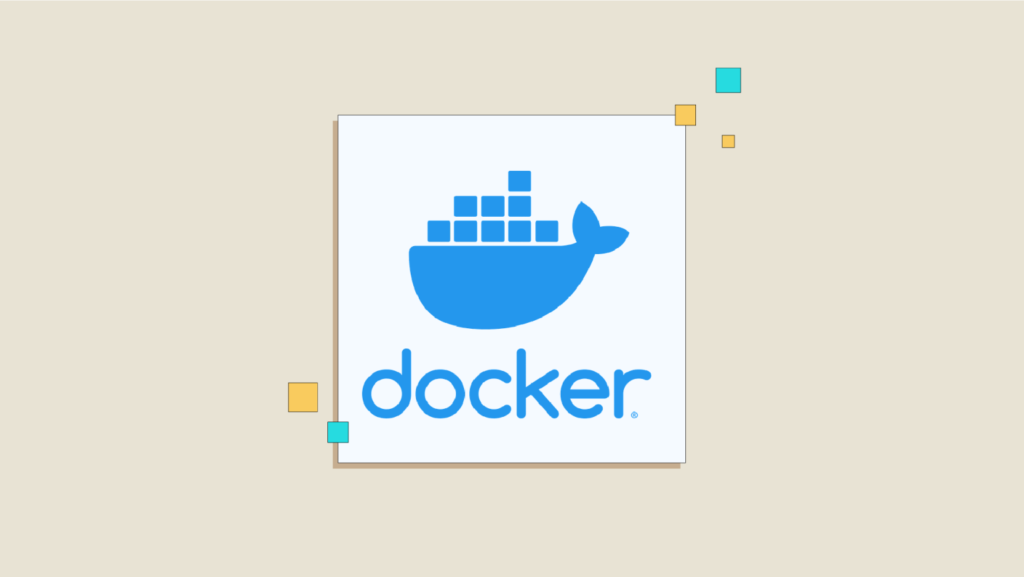
Docker is an industry-standard tool for containerization that is a must-have for any Linux cloud deployment. Docker makes it easy to package applications into lightweight, portable containers that can run on any Linux infrastructure. With Docker, you can encapsulate software in containers that include all dependencies and can be rapidly deployed seamlessly across cloud and on-prem environments.
Some key benefits Docker offers for cloud computing include:
- Accelerated deployment through container images that are pre-built packages of code and dependencies.
- Increased portability and flexibility to deploy the same container on any infrastructure including private data centers, public clouds, and hybrid environments.
- Improved efficiency with containers sharing host operating system resources for a smaller footprint than virtual machines.
- Simplified management of applications through standard Dockerfile configuration files and Docker Compose orchestration.
Docker has become ubiquitous for devops teams creating container-based cloud native apps on Linux. It allows fast, consistent deployment of microservices-based architectures in the cloud at scale.
Kubernetes

Kubernetes, often abbreviated as K8s, is the leading open-source system for container orchestration and management. It provides a platform to deploy and manage containerized applications and services across clusters of host servers. Kubernetes automates the deployment, maintenance, and scaling of containerized workloads and services.
Some benefits Kubernetes offers for cloud Native applications include:
- Automatic bin packing of containers onto servers for high density and efficient utilization of resources.
- Self-healing capabilities to restart and replace containers as needed for fault tolerance.
- Horizontal scaling of groups of containers for dynamically handling changes in load.
- Service discovery and load balancing of containers for robust microservices.
- Automated rollouts and rollbacks of container image updates with zero downtime.
Kubernetes has emerged as the de facto standard for orchestrating Linux container workloads in the cloud at any scale. Combined with Docker, it allows building massively scalable cloud native applications on Linux infrastructures.
Ansible
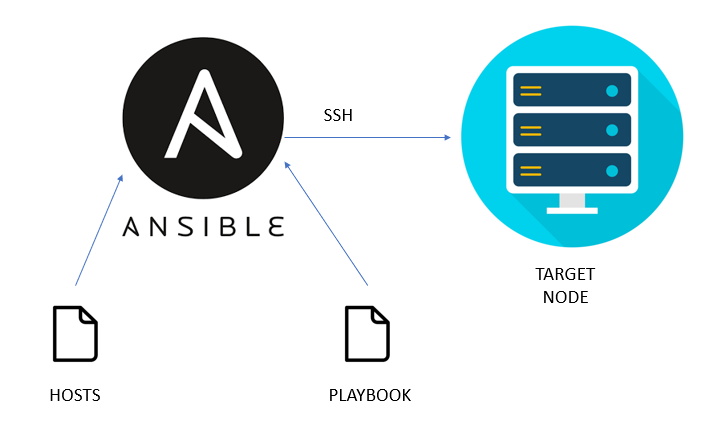
Ansible is an IT automation tool and configuration management system. It provides a simple way to deploy, maintain, and update servers and applications across any infrastructure including virtual machines, bare metal, containers, and cloud environments. Ansible works agentless by connecting directly to managed nodes over SSH.
Some key features that make Ansible great for cloud automation include:
- Easy to learn automation language with YAML syntax for defining playbooks.
- Fast, scalable deployment and idempotent approach ensures updates don’t break existing environments.
- First-class support for infrastructure as code practices and templates.
- Out-of-the-box modules for automating many cloud providers and services.
- Supports Linux, Windows, network devices, and can be extended through custom modules.
Ansible is simple yet powerful for configuring Linux machines in private data centers, public clouds, and hybrid environments. It speeds up cloud provisioning, upgrades, and maintenance through automation.
Terraform

Terraform is an open-source infrastructure as code tool created by HashiCorp. It allows defining and provisioning cloud infrastructure resources through declarative configuration files. Users write infrastructure code in the HashiCorp Configuration Language (HCL) or JSON format to describe what their infrastructure looks like.
Some key capabilities that make Terraform ideal for cloud resource management:
- Cross-cloud portability to work with all major cloud providers and platforms.
- Idempotent creation or update of all infrastructure for consistency.
- Automatic change detection during updates and incremental execution of changes.
- State management of all resource attributes for keeping real infrastructure in sync with code.
- Robust orchestration through resource dependencies and graph-based changes.
With Terraform, teams get self-service infrastructure deployment and management of Linux hosts and services in hybrid or multi-cloud environments through an intuitive workflow.
MySQL
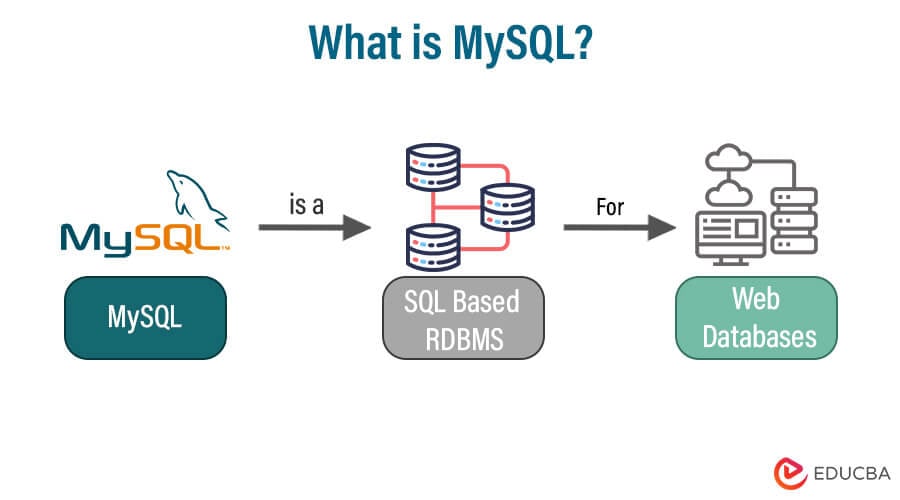
MySQL is the world’s most popular open-source relational database management system (RDBMS). It provides a reliable and scalable SQL database server for a wide range of cloud workloads. Some key attributes that make MySQL a top choice for Linux cloud databases include:
- Mature feature set for transactional and analytical database workloads.
- Very high performance, even on modest cloud infrastructures.
- Support for high availability topologies like master-slave replication and load balancing.
- Active community and robust commercial support from Oracle and others.
- Flexible deployment options like containers, serverless, and fully managed databases.
MySQL is lightweight, fast, and scalable. It powers everything from small web apps to global internet services using Linux cloud databases at scale. With optimizations like query caching and parallelization, MySQL effectively handles reads and writes for cloud-native architectures.
MongoDB

MongoDB is a popular open-source document database that is optimized for fast performance and scalability. Unlike traditional RDBMS systems, it stores data in flexible, JSON-like documents which align well with dynamically structured data like object-oriented and NoSQL applications.
Some key attributes that make MongoDB great for Linux cloud databases:
- Cloud-native features like auto-sharding, replication, and high availability right out of the box.
- Scale to handle terabytes of data and millions of requests per second.
- Easy development experience with schema-free documents and dynamic queries.
- Horizontal read and write scaling through sharding and replication.
- Sophisticated querying with geo, text, and aggregation features.
MongoDB optimizes for write performance which makes it ideal for data-intensive and logging applications running on Linux in distributed cloud environments.
Redis

Redis is an in-memory data store used as a database, cache, message broker, and in other roles. It provides fast, low-latency access to structured data thanks to in-memory storage. Some key attributes of Redis include:
- High performance even at large scale with up to 100,000 reads/writes per second.
- Rich feature set including strings, hashes, lists, sets, sorted sets and objects.
- Master-slave replication for data persistence and high availability.
- Publishes data changes to subscriber clients using publish/subscribe messaging.
- Flexible deployment as a standalone server or with cloud-based managed services.
Redis is indispensable for caching, queues, and transient data in cloud-native systems running on Linux across distributed infrastructures. It effectively offloads heavy database workloads to improve workload performance.
Postgres
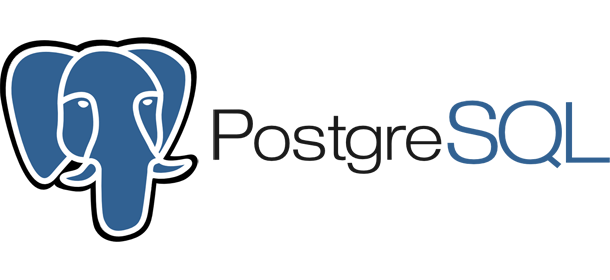
Postgres is a powerful, open-source, and standards-compliant RDBMS with advanced features on par with commercial databases. It provides rock-solid reliability for data under all loads. Some key attributes include:
- SQL querying on par with commercial counterparts but with open extensibility.
- Row-level locking for high concurrency under heavy write loads.
- Built-in replication, failover, load balancing, and connection pooling.
- Advanced data types and schemas supporting JSON, geospatial, and more.
- Robust in production and powers apps at enterprises worldwide.
Postgres is the Swiss Army knife of SQL databases for Linux in the cloud. It scales from lightweight IoT to global-scale cloud deployments across on-prem, hybrid, or multi-cloud environments.
Elastic Stack
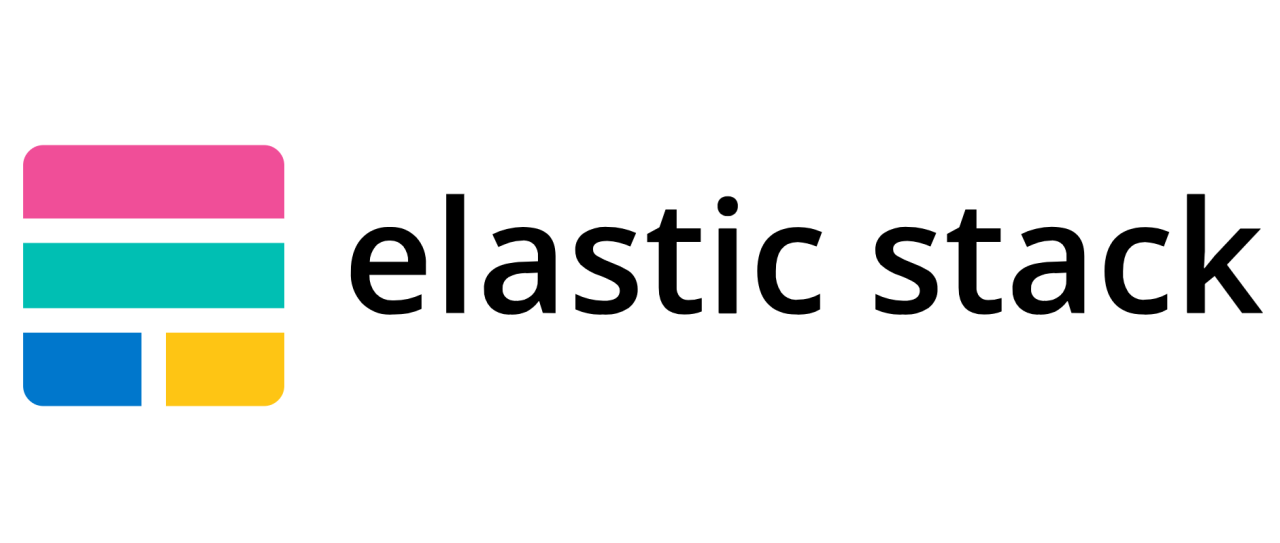
The Elastic Stack (including Elasticsearch, Logstash, Kibana) is an advanced analytics toolkit for handling fast data and time series use cases. It provides log aggregation, indexing, search, analytics, and visualization capabilities.
Key features of the Elastic Stack for Linux in the cloud include:
- Scalable data collection and indexing to handle petabytes of logs and metrics.
- Full-text search, filtering and faceting across formatted and unstructured data.
- Real-time analytics for anomaly detection, forecasting and other ML use cases.
- Powerful visualization of logs, metrics and events with interactive dashboards.
- Custom plugins for extended functionality and third party integrations.
The Elastic Stack simplifies data observability and monitoring for modern cloud-native systems on Linux at massive scale.
Prometheus
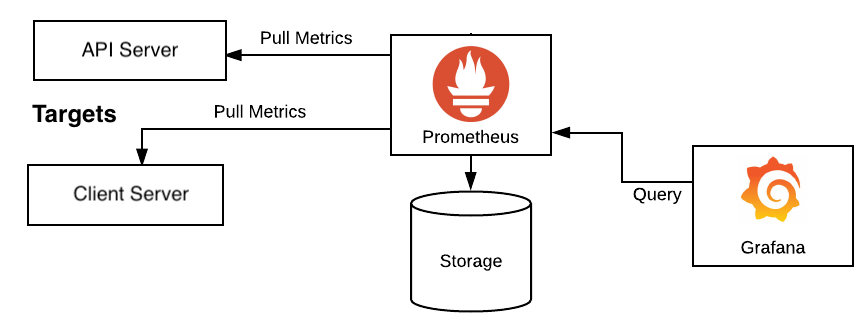
Prometheus is a leading open-source systems monitoring and alerting toolkit. It provides time series database capabilities along with flexible querying and notification features through a multi-dimensional data model.
Some benefits Prometheus delivers for Linux cloud monitoring:
- Pull-based monitoring model with low overhead and no reliance on agents.
- Multi-dimensional time series data suited to monitor targets and their metadata.
- Rich query language for expressing and capturing intricate metrics relationships.
- Highly available storage with fast query capabilities even at enormous scale.
- Extensible alerting rules driven by time series queries and notifications.
Prometheus excels at monitoring microservices, containers and distributed cloud infrastructure. It is the backbone for observability of Linux systems and applications in production Kubernetes clusters.
Conclusion
Linux serves as a powerful and flexible platform for building cloud workloads and services. The applications discussed here represent some of the best open-source and cloud-native solutions for tasks like containerization, automation, infrastructure management, databases, analytics and monitoring on Linux in public clouds, private data centers or hybrid environments.
By leveraging these advanced yet lightweight programs, organizations can optimize Linux distributions to build massively scalable and highly available cloud platforms. This helps support demanding production workloads running cloud services while controlling costs and maintaining agility.







